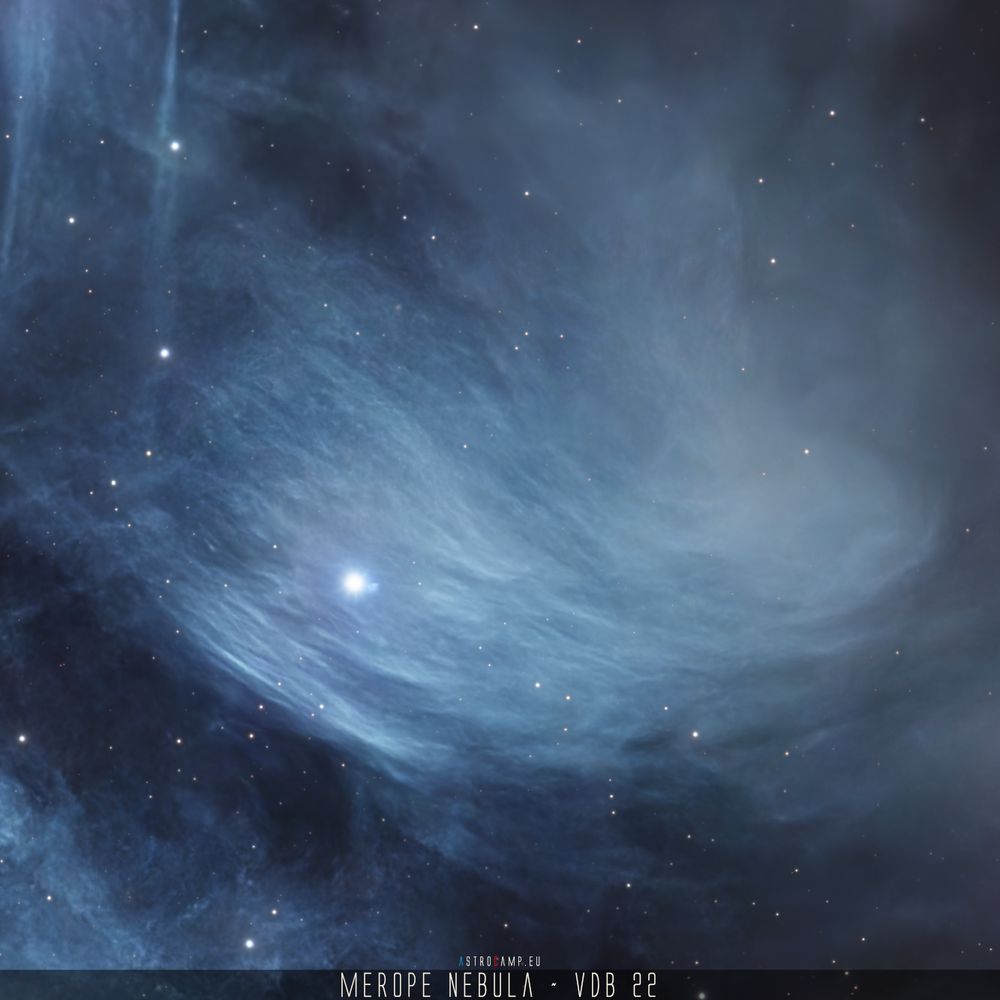astrosky.eco
FAQ: The Astronomy Feed
Frequently asked questions about the Astronomy feed.
Astronomy posts, from astronomers! Any astronomer can post here by signing up via @bot.astronomy.blue Contains posts from signed up users with a 🔭, #astronomy, or #astro.
Feed on Bluesky

astrosky.eco
FAQ: The Astronomy Feed
Frequently asked questions about the Astronomy feed.



GRAN #LEÓNIDA #SPMN171125J SOBRE #JAÉN Y CIUDAD REAL HOY a las 5h24m48s TUC (6h24 CET). Así luce el impresionante registro de Sensi Pastor y José A. de los Reyes #AstroMurcia desde Cehegín, #Murcia. Otro evento del máximo de Leónidas al listado @ice-csic.bsky.social ▶️ www.ice.csic.es/news/citizen...



www.science.org
Giant telescope project, long planned for Hawaii, gets cozy with Spain
Spain’s €400 million offer could induce Thirty Meter Telescope to switch sites


www.popularmechanics.com
You’re Living Alongside Invisible Wormholes, Scientists Say—and They May Be Warping Your Reality
You can’t see them, but these spacetime tunnels could be changing the fabric of everything you know.






aasnova.org
Do X-Rays Help or Hurt Massive Black Hole Formation?
Astrobites reports on how X-rays influenced the formation of the first massive black holes in the universe.


bigthink.com
The decline and fall of stars in the Universe
For over 10 billion years, the cosmic star-formation rate has been dropping and dropping. Someday, the final star in the Universe will die.




youtube.com
Cosmic Creepy-Crawly NGC 6537 -- James Webb Space Telescope #shorts
This new James Webb Space Telescope image features a cosmic creepy-crawly called NGC 6537--the Red Spider Nebula. Using its Near-InfraRed Camera (NIRCam), Webb has revealed never-before-seen details in this picturesque planetary nebula with a rich backd...

ascl.net
An ASCL curation first! – ASCL.net

Paper day!!! My most recent first-author paper is officially published. I’ll make a post breaking it down soon but TLDR I compared X-Ray observations of hot gas around galaxies to cosmological simulations and it looks like simulations aren’t consistently able to match the real universe! 🔭🧪









In one of my astrophoto groups, a guy posted a photo that shows some non-celestial stuff in it and someone said it’s satellite constellations and another person said that astronomers really hate those and several men have weighed in to say actually astronomers think they’re fine Me: WE DO NOT 🔭









ohws.prospective.ch
Uni Bern: Professor in Planetary Sciences
The Division of Space Research and Planetary Sciences of the Physics Institute, University of Bern, Switzerland, invites applications for a full-time position as a Professor in Planetary Sciences.